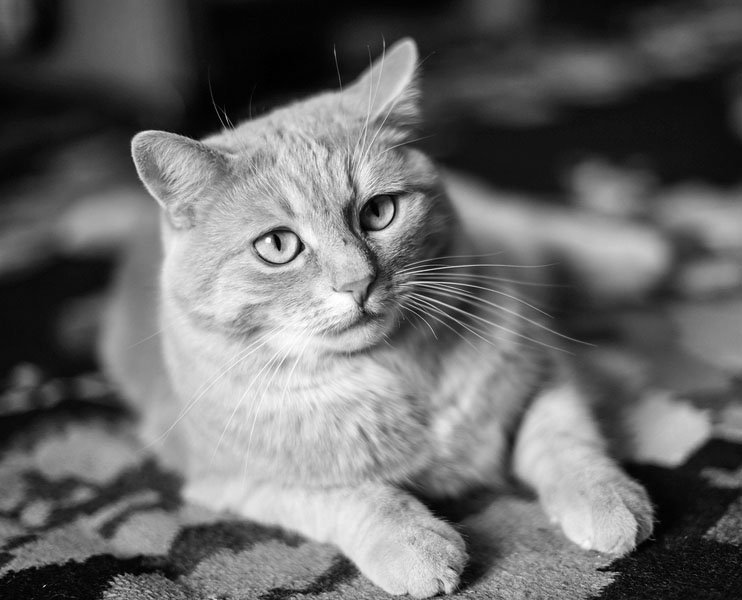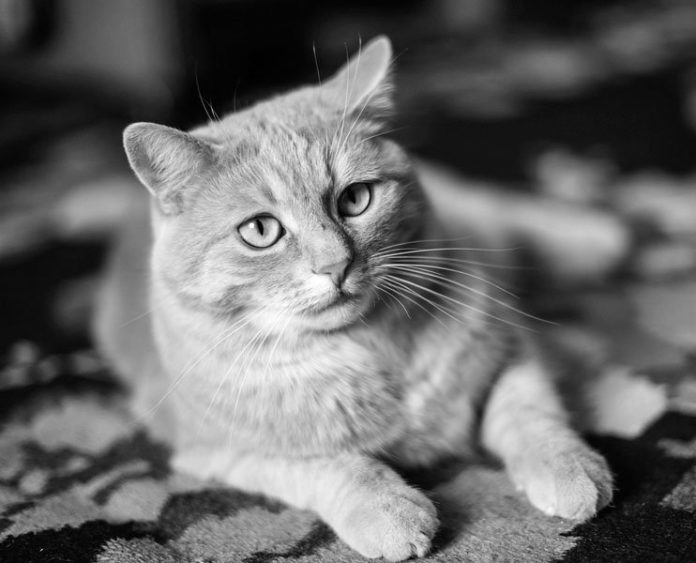Bigstock

Hypertension in people can damage the heart, eyes, kidneys and brain. As dangerous as it is for us, hypertension — also known as high blood pressure — can cause equally serious problems for our cats, especially those 7 years of age and older.
Yet its symptoms aren’t always evident, even to experts. The disease is insidious, meaning signs may come on slowly or not be that apparent. It’s been called the silent killer for that very reason. “Cats may be a little bit lethargic or may act strangely, but in most cases it’s not obvious,” says cardiologist Bruce Kornreich, DVM, Ph.D., ACVIM, Associate Director of the Feline Health Center at Cornell University College of Veterinary Medicine. “The most important thing to keep in mind is target organ damage.”
These systems are the most at risk for damage:
– The walls of the chambers of the heart can thicken, making it difficult to pump blood.
– The retina, which triggers nerve impulses that pass through the optic nerve to the brain, can detach and blindness can result.
– The brain can develop hypertensive encephalopathy, causing an unsteady gait, seizures and unusual behavior.
– The kidneys can lose their ability to filter blood and regulate blood chemistry.
Hypertension has two forms in cats — primary and secondary. The less common primary form is termed idiopathic, meaning that it has no discernible cause. “Idiopathic hypertension is responsible for about 20 percent of hypertension cases in cats,” Dr. Kornreich says.
In secondary feline hypertension, the causes are almost always either chronic kidney disease (CKD) or hyperthyroidism and, less often diabetes mellitus and tumors of the adrenal gland. “We know CKD is very common in cats as they get older. It’s a very significant cause of morbidity and mortality in cats,” Dr. Kornreich says. Hyperthyroidism, which usually strikes cats middle-aged and older, refers to the excessive production of thyroid hormone.
Cats with advanced and/or chronic hypertension can exhibit dramatic signs, such as sudden blindness, retinal hemorrhaging, poor appetite, weight loss, increased water consumption and urination, seizures, disorientation and difficulty breathing.
Common Treatment. The goals of treating hypertension are twofold: reducing high blood pressure and addressing the causative condition, if it can be identified. “The most common therapy for hypertension involves the use calcium channel blockers and/or angiotensin converting enzyme (ACE) inhibitors,” Dr. Kornreich says, adding that veterinarians occasionally prescribe both.
ACE inhibitors are heart medications that decrease the production of angiotensin II, a substance that can constrict blood vessels and elevate blood pressure. Both ACE inhibitors and calcium channel blockers can dilate blood vessels, resulting in lowered blood pressure.
Because hypertension is often diagnosed in geriatric patients, veterinarians recommend blood pressure checks for cats middle-aged and older as part of their twice-yearly examinations. A thorough eye exam should also be included because of the potential for hypertension to cause retinal detachment.
The encouraging news is that, with appropriate therapy, monitoring and management of any underlying causes, feline hypertension can be successfully managed in most cases.




